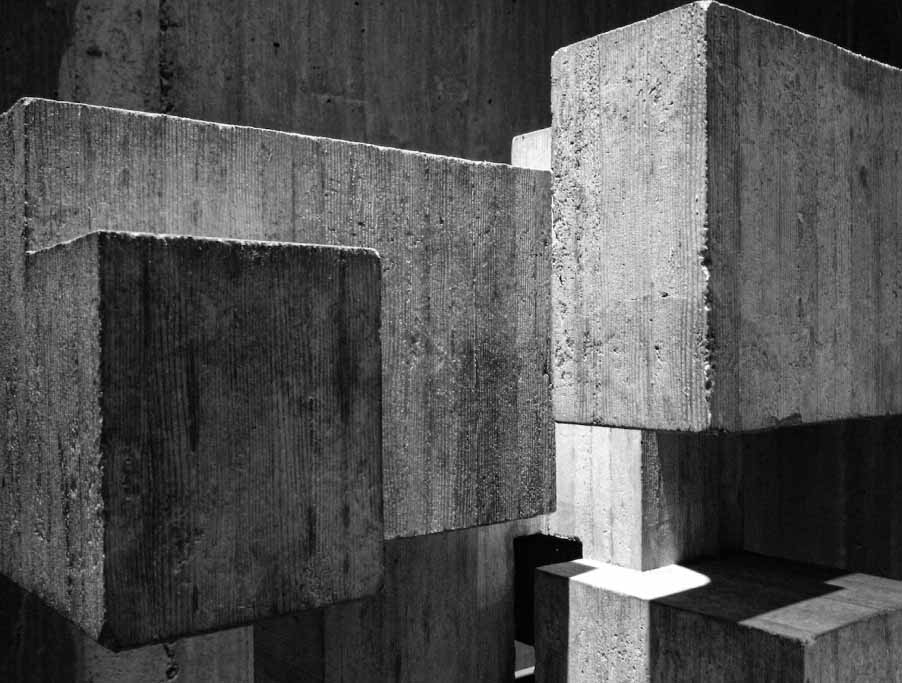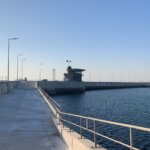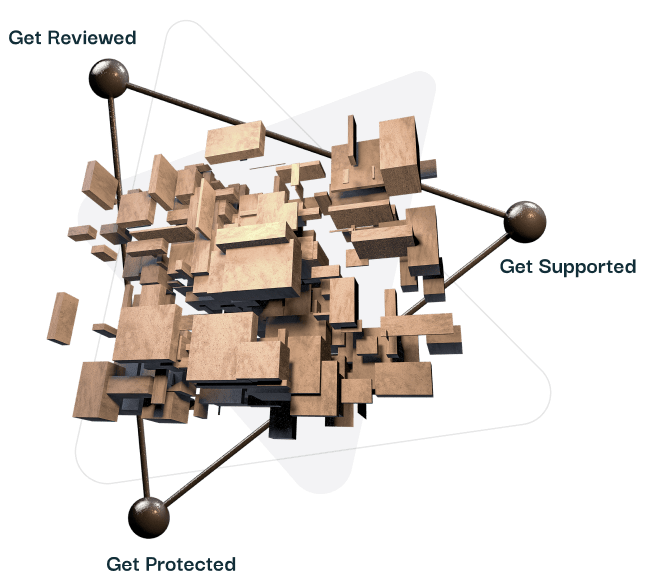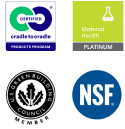Concrete corrosion and the accompanying breakdown process can ruin the aesthetics of any building. Surface stains, small cracks and weathering will quickly make the exterior look old, worn-out and tattered, creating an eyesore and potentially slashing the value of the property. However, it’s the deeper corrosion that reaches rebar and other reinforcing steel elements which really impacts the strength and integrity of the structure over time.
When steel elements within the concrete structure corrode, the resulting rust expands and creates internal tensile stresses which can lead to cracks, delamination, or spalling – essentially the structure starts to break down from outside and from within. The two most common causes of corrosion development within concrete steel reinforcement elements are chloride attack and carbonation.
Chloride-induced corrosion doesn’t even affect the concrete material directly. Rather, the capillaries and pores within the concrete allow corrosive elements to pass through and begin to eat away at the steel components within. Carrying similar consequences, carbonation does affect the actual concrete material – pH levels fall and the concrete becomes more acidic, thus potentially corrosive to the internal steel reinforcement.
In this article, we explore these and other common forms of concrete failure, as well as how to prevent them through the scientific use of the industry’s most advanced hydrophobic concrete admixtures.
The Most Common Mechanisms of Concrete Corrosion or Failure:
Chloride-Induced Corrosion in Concrete
Chloride-induced corrosion in concrete is a destructive process that occurs when chloride ions penetrate the concrete. Since concrete is porous, chloride can come into contact with the rebar or other embedded steel elements, beginning the process of corrosion.
Chloride-induced corrosion is a significant issue in the construction and maintenance of concrete structures – especially in the case of buildings, bridges, and parking garages in areas with high exposure to de-icing salts in the winter, or coastal environments which naturally have increased levels of chloride in the atmosphere. Long-term prevention of chloride corrosion requires advanced concrete protection that reaches far beyond the surface. Preventing the absorption of chloride laden water and moisture into the concrete is the first line of defense in any sound corrosion protection strategy.
Chloride diffusion testing is one of the most effective methods of determining a concrete protection strategy’s effectiveness in reducing corrosion and deterioration. Hycrete has been proven to reduce chloride diffusion and extend concrete life. Tourney Consulting Group (TCG) independently performed bulk chloride diffusion testing. The result was Hycrete outperforming both the control and the other waterproofing admixtures by reducing chloride diffusion by a factor of 3.8 to 7.0 times.
Carbonation-Induced Failure in Concrete
Carbonation-induced failure in concrete is a deterioration process that occurs when carbon dioxide in the atmosphere reacts with the calcium hydroxide commonly found in cement mixtures. The resulting chemical reaction forms calcium carbonate and reduces the pH of the concrete, opening up the door for more extensive rebar corrosion.
As concrete carbonation occurs, the pH of the concrete continues to decrease, becoming more acidic. This becomes a major issue for reinforced concrete structures that rely on steel passivation to prevent corrosion. The drop in pH disrupts the passivation of internal steel elements which leaves the reinforcement open to corrosion.
Hycrete’s protective properties extend far beyond the surface of concrete and creates what we call a “liquid green bar” on the internal rebar. The result is a total, long-lasting form of corrosion-protection from a molecular barrier which forms around all internal steel elements.
For an example of liquid green bar in action, take a look at the newest Ocean Pavilion addition to the Seattle Aquarium. Including a huge 360,000-gallon saltwater sea life tank as its centerpiece, an advanced concrete waterproofing solution was needed along with complete corrosion protection. Hycrete Endure WP additive was chosen to extend the life of the tank while ensuring that the sea life and the architect’s vision remained uncompromised.
Alkali-Silica Reaction in Concrete
Concrete aggregates are generally engineered to be as chemically inert as possible. Nevertheless, some widely-used aggregates react with the alkali hydroxides elements commonly found in cement paste. The chemical reaction results in the formation of a gel-like sodium silicate substance. The gel tends to swell and expand as it absorbs water, causing expansion and cracking within the concrete structure over long periods of time.
Alkali-silica reactions in concrete lead to many issues, both aesthetic and structural. Typical signs are random map cracking and spalling. The most highly affected areas will generally occur near sources of moisture, such as joints and free edges. With Hycrete, alkali-silica reactions are dealt with through advanced waterproofing protection which prevents the incursion of moisture and the subsequent damage it causes.
Comprehensive Concrete Protection with Hycrete
Hycrete is an innovative American manufacturer founded in 2003. Our company’s mission is to help the construction industry build better, more sustainable structures through the engineering of better concrete materials. Now backed by more than two decades of experience and thousands of successful projects worldwide, Hycrete has become the scientifically-proven gold standard for concrete waterproofing and corrosion protection.










